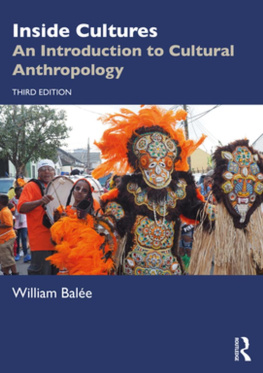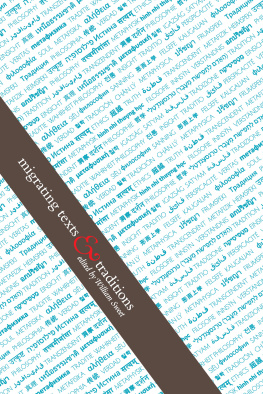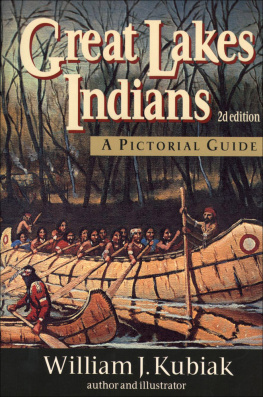Inside Cultures
This concise, contemporary option for instructors of cultural anthropology breaks away from the traditional structure of introductory textbooks. Emphasising the interaction between humans and their environment, the tension between human universals and cultural variation and the impacts of colonialism on traditional cultures, Inside Cultures shows students how cultural anthropology can help us understand the complex, globalised world around us. This third edition:
- contains brand new material on many subjects, including anthropological approaches to anti-racism social movements in the Global North during 2020;
- includes findings in anthropological research regarding the COVID-19 pandemic and its relation to other recent global events and conditions;
- updates the organisation and presentation of cultural universals and cultural variations;
- presents updated and enhanced discussions of anthropological studies of humankind and the environment, with expanded analysis of industrial agriculture in the age of globalisation;
- includes more illustrations and updates to existing illustrations, sidebars and guideposts throughout the volume;
- is written in clear, supple prose that delights readers while informing on the content of one of the important courses in a liberal arts education, one that effectively bridges humanities and the sciences.
William Bale is Professor of Anthropology at Tulane University, where he has taught since 1991. He received a PhD in Anthropology from Columbia University in 1984. He spent many years in fieldwork among the indigenous Kaapor people of the eastern Brazilian Amazon. He has field experience with other peoples, cultures and societies in Brazil, Bolivia, Argentina, Ecuador and Malaysia. He is the author of Footprints of the Forest: Kaapor EthnobotanyThe Historical Ecology of Plant Utilization by an Amazonian People (1994) and Cultural Forests of the Amazon: Historical Ecology of People and their Landscapes (2013), which both won the Mary W. Klinger Award from the Society for Economic Botany. He was named Fellow of the John Simon Guggenheim Memorial Foundation in 2019.
Inside Cultures
An Introduction to Cultural Anthropology
Third edition
William Bale
Third edition published 2022
by Routledge
2 Park Square, Milton Park, Abingdon, Oxon OX14 4RN
and by Routledge
605 Third Avenue, New York, NY 10158
Routledge is an imprint of the Taylor & Francis Group, an informa business
2022 William Bale
The right of William Bale to be identified as author of this work has been asserted by him in accordance with sections 77 and 78 of the Copyright, Designs and Patents Act 1988.
All rights reserved. No part of this book may be reprinted or reproduced or utilised in any form or by any electronic, mechanical, or other means, now known or hereafter invented, including photocopying and recording, or in any information storage or retrieval system, without permission in writing from the publishers.
Trademark notice: Product or corporate names may be trademarks or registered trademarks, and are used only for identification and explanation without intent to infringe.
First edition published by Left Coast Press 2012
Second edition published by Routledge 2016
British Library Cataloguing-in-Publication Data
A catalogue record for this book is available from the British Library
Library of Congress Cataloging-in-Publication Data
A catalog record has been requested for this book
ISBN: 978-0-367-53380-9 (hbk)
ISBN: 978-0-367-53378-6 (pbk)
ISBN: 978-1-003-08168-5 (ebk)
Typeset in Bembo
by Deanta Global Publishing Services, Chennai, India
Contents
This new edition of Inside Cultures goes to press after almost two years in which more than three million people have been killed in the greatest pandemic since the Spanish flu of 1918, in the form of a highly infectious, single-stranded RNA colloquially called COVID-19. This new pandemic and the associated lockdowns, travel restrictions, social distancing protocols, virtual meetings, and other preventive measures faced by billions worldwide have led to fundamental modifications in how institutions function and communicate, including educational institutions like colleges and universities. Some of these institutions have had to close their doors, sadly perhaps forever, and all of them have been affected in how course content is delivered to students and the ways by which in-person, hybrid, remote and HyFlex teaching methodologies are built upon digital learning platforms that all present students and teachers alike with costs and benefits in terms of what are attainable learning outcomes and what are not. This book is a textbook introduction to cultural anthropology. The pandemic, the response of colleges and universities to it and the virtual teaching and learning technologies now available have required instructors who use a textbook to teach in new ways and even to rethink the design of courses that they knew cold and taught with perhaps little preparation for many years. The need for new technology compels course content to be modified and structured in ways that better fit the demands of a partly in-person, partly (and sometimes mostly or completely) virtual world, the new normal. Society is changing, however, not only in terms of fundamental technological advances through 2021/2022. In the Global North, protests and demonstrations on scales not seen since the counter-revolution of the 1960s, focused primarily on issues of racial injustice and inequality, have taken place. A chasm between politics of the right and politics of the left in the United States saw a deeply conflicted presidential contest in 2020 that questioned the validity of democratic elections and the nature of constitutional government, with threats to that not seen, perhaps, since the American Civil War, such as the populist, violent, right-wing attack on the US capitol on January 6, 2021. In light of 2020-21 alonetogether with the dramatic cultural and epidemiological changes that have led to the new normal both inside and outside the classrooma new edition of my introductory textbook Inside Cultures seems aptly timed, apart from the usual imperative one has in updating material from the last edition, now five years of age. A lot has happened in five years.
Culture is dynamic, as I noted in of this books first and second editions; it is sometimes contested, especially in stratified societies, which is an observation I had not explicitly made before in the text, but which is now incorporated into the underlying structure and rationale of edits of, additions to and subtractions from the second edition in refining and updating this third edition. Anthropology and cultural anthropology, in particular, have also changed somewhat dramatically since the second edition, and in part the innovations noted are in synchrony, especially with transformations of culture in the United States and Europe in light of police (state) violence and injustices that can be traced back to the modern world system, chattel slavery, colonialism and stigma historically attached to people of colour, indigenous people and LGBTQ persons. These modifications to contemporary society have impacted anthropology and its approaches to human cultural similarity and diversity and are in my mind justifiably explored more fully in this new edition by way of interlinked chapters.












